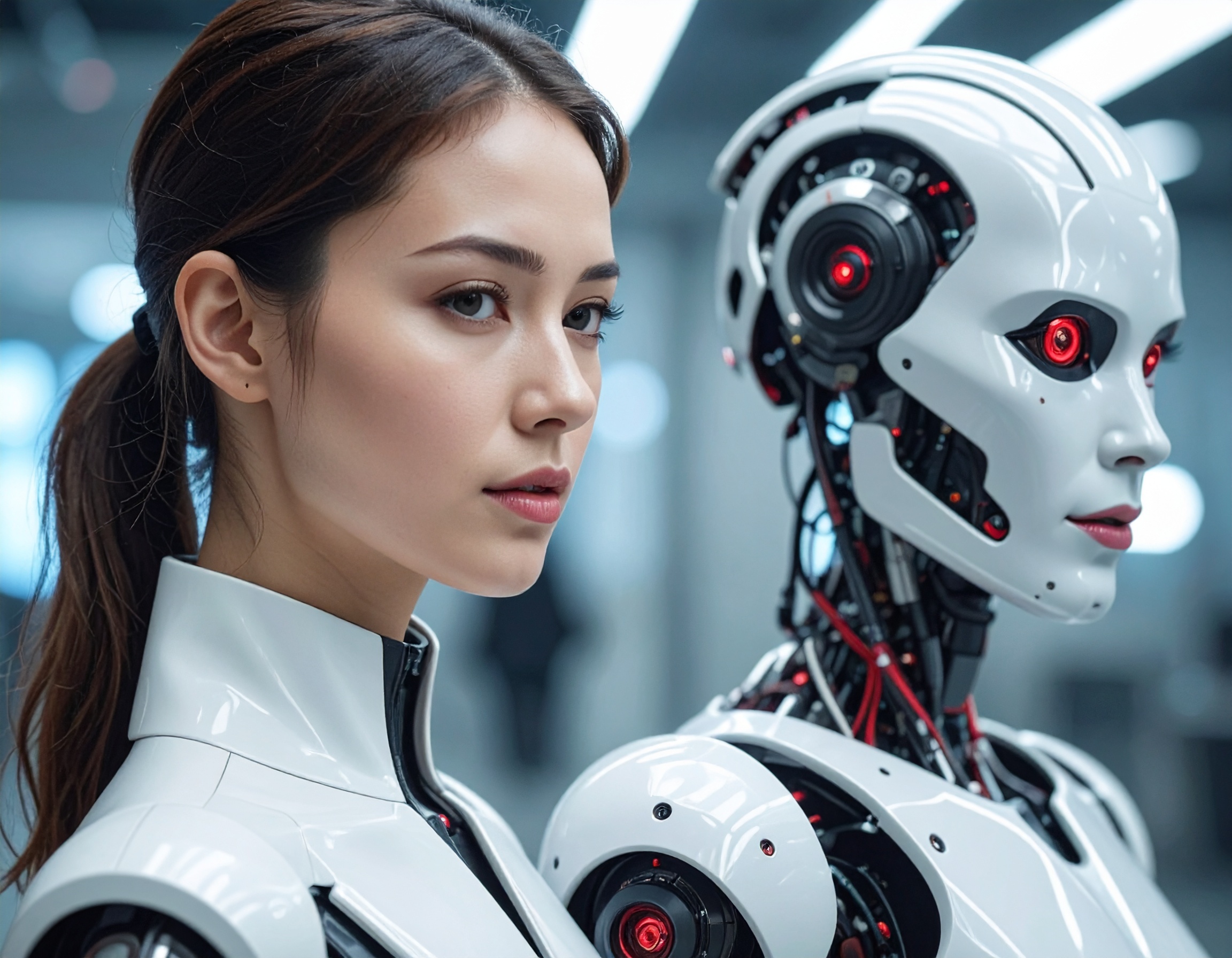Hyundai’s Revolutionary Move: Humanoid Welding Robots Transforming Shipbuilding

A Bold Step into the Future of Shipbuilding
On May 8, 2025, Hyundai's HD Korea Shipbuilding & Offshore Engineering (HD KSOE) announced a groundbreaking collaboration with artificial intelligence (AI) and robotics start-ups. The company has partnered with Persona AI and Vazil to develop humanoid welding robots designed to transform the shipbuilding industry. This ambitious initiative is aimed at creating "smart shipyards" by incorporating advanced automation and robotics into the shipbuilding process.

The Strategic Partnership: Bringing AI and Robotics Together
The partnership brings together Houston-based Persona AI, which specializes in embodied artificial intelligence, and South Korea’s robotics company, Vazil. Persona AI’s team, composed of former NASA humanoid robot developers, will focus on developing the humanoid robot’s hardware and AI-based control algorithms. Vazil, on the other hand, will be responsible for welding tool creation and setting up industrial testing environments.
The companies plan to develop prototypes by the end of 2026, with field testing and commercial deployment slated to begin in 2027. This project represents a significant leap forward in the integration of AI and robotics in the shipbuilding industry.
Addressing Labor Shortages and Boosting Efficiency
The collaboration comes at a crucial time as the shipbuilding industry faces ongoing labor shortages. This problem has led to the exploration of automated systems and robotics to replace and assist human workers in high-demand tasks. Hyundai’s humanoid welding robots are expected to address this gap by taking over complex and dangerous tasks like welding, traditionally performed by skilled labor.
Collaborative robots have already been introduced in shipyards for various tasks, such as welding and assembly. For instance, Samsung Heavy Industries has deployed a laser high-speed welding robot, significantly reducing welding time. Hyundai's new project aims to build on this by integrating humanoid robots capable of performing tasks that require human-like dexterity and precision, offering both operational efficiency and safety improvements.

The Future of Non-Human Workers in Shipbuilding
Hyundai’s move to develop humanoid welding robots marks a major shift in how shipyards will operate in the future. By combining AI, robotics, and welding technologies, Hyundai envisions a future where intelligent agents and digital employees collaborate alongside human workers in a way that enhances both productivity and safety.
The introduction of humanoid robots will not only improve efficiency but will also change the role of non-human workers in complex industrial settings. As robots take on more of the manual labor, human workers will be able to focus on more strategic, oversight, and creative roles, ensuring that the workforce is better utilized and safer in the long term.
A New Era for Shipbuilding
Hyundai’s partnership with AI and robotics companies is a key milestone in the ongoing transformation of shipbuilding. By embracing the potential of humanoid robots, the company is setting the stage for a future where automation and human workers coexist more effectively. This innovative leap forward will have lasting implications for the shipbuilding industry, improving operational efficiency, safety, and addressing labor shortages. As this technology continues to evolve, it will undoubtedly inspire other industries to follow suit and explore the potential of intelligent agents and digital employees in their own operations.

Key Highlights:
- Hyundai's Innovation: On May 8, 2025, Hyundai's HD Korea Shipbuilding & Offshore Engineering (HD KSOE) announced a partnership with AI and robotics start-ups to develop humanoid welding robots for the shipbuilding industry.
- Partnership Details: The collaboration involves Persona AI (specializing in embodied AI) and South Korea's Vazil (focused on robotics and welding tools). Persona AI's team, including former NASA humanoid robot developers, will work on the robot's hardware and AI algorithms, while Vazil will develop the welding tools and testing environments.
- Project Timeline: The development of prototypes is expected to be completed by the end of 2026, with field testing and commercial deployment beginning in 2027.
- Addressing Labor Shortages: The initiative is designed to tackle the labor shortages in shipyards by integrating humanoid robots that can perform tasks like welding, traditionally carried out by skilled workers.
- Boosting Efficiency: Hyundai’s humanoid welding robots aim to enhance productivity and safety in shipyards by combining AI, robotics, and advanced welding technologies.
- Non-Human Workers in Shipbuilding: This move marks a significant step towards a future where digital employees and intelligent agents collaborate with human workers to revolutionize industrial operations, improving both efficiency and worker safety.
Reference:


